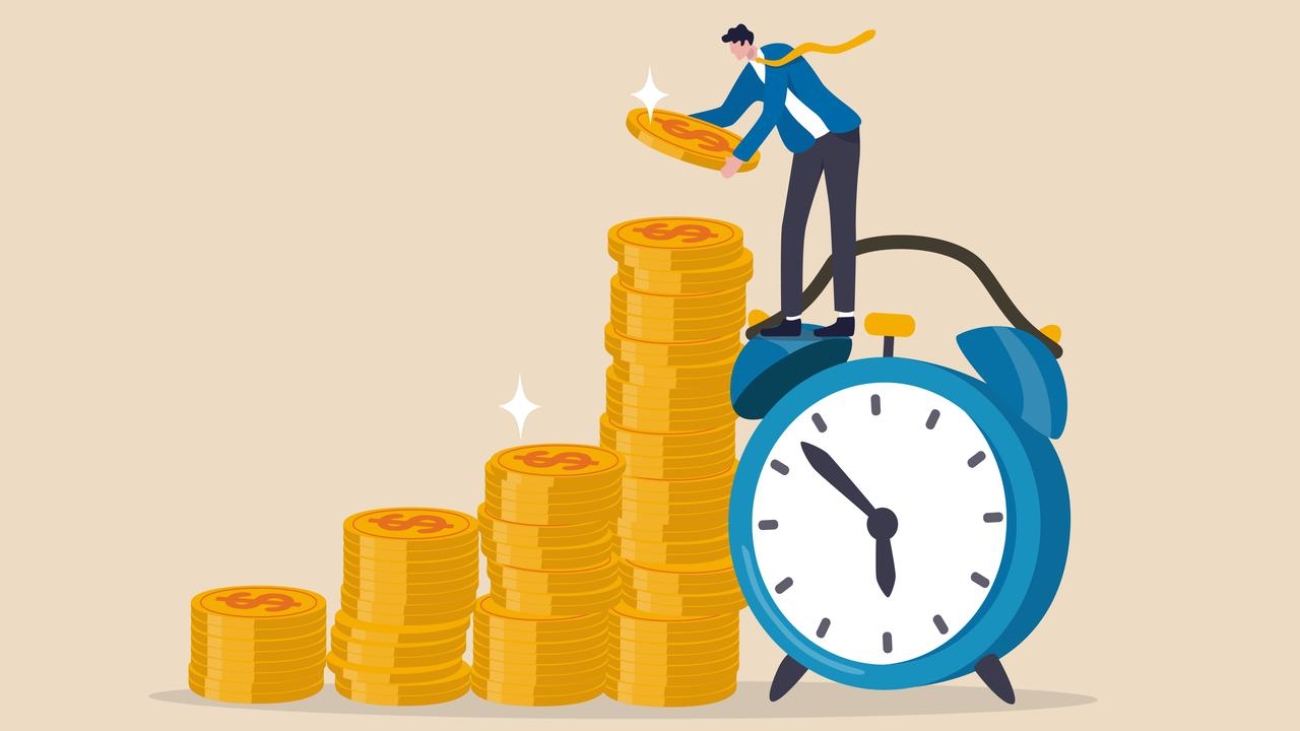Introduction: Your Retirement Plan Deserves More Than Just a Savings Account
When you think about retirement, what comes to mind? A quiet life with morning walks? Global travel? Maybe starting a passion project you never had time for? Whatever your vision, one thing is universal: you’ll need money — and a smart plan to grow it.
While saving is important, it’s not enough. If your money just sits in a savings account earning 1% interest, you’re essentially losing purchasing power every year due to inflation. The key is investing wisely.
And if you’re in your 30s, you’re at the perfect age to begin. Retirement planning in your 30s gives you decades to let your investments grow, adapt, and compound. In this article, we’ll walk you through the top 7 retirement investment options you should know — and how to use them wisely.
Why Your 30s Are a Powerful Time to Start Investing for Retirement
Let’s get this straight: you don’t have to be rich to start planning. In fact, starting small in your 30s can be far more effective than starting big in your 40s. Why?
Two words: compounding interest.
It’s the idea that your money earns money — and then that money earns more money.
Example:
If you invest $500/month at a 7% return starting at age 30, you’ll have over $610,000 by 65. Wait until 40? You’ll have just $290,000 — less than half.
The earlier you start, the more time does the heavy lifting for you. Now let’s explore your investment options.
1. 401(k): The Workplace MVP
A 401(k) is an employer-sponsored retirement plan that lets you contribute a portion of your paycheck before taxes. It’s one of the easiest and most effective ways to start building retirement wealth.
See more: Investment Advice from Top Wealth Management Experts in Sydney
Why it’s powerful:
- Contributions reduce your taxable income.
- Investments grow tax-deferred until retirement.
- Many employers offer a match — essentially free money.
Tip: Always contribute at least enough to get the full match. It’s one of the simplest financial wins.
2. Roth IRA: Pay Taxes Now, Enjoy Freedom Later
A Roth IRA is a retirement account you fund with after-tax dollars, meaning you won’t owe taxes on withdrawals later. This is especially great if you’re in a lower tax bracket in your 30s and expect to be in a higher one during retirement.
Contribution limit (2025): $6,500/year (or $7,500 if 50+)
Why it’s great:
- Tax-free growth and withdrawals.
- Flexible — you can withdraw contributions (not earnings) anytime without penalty.
- Ideal for long-term, tax-free income in retirement.
3. Traditional IRA: Get a Tax Break Now
A Traditional IRA works like a 401(k) but is opened individually, not through your employer. Contributions may be tax-deductible, depending on your income and access to a workplace retirement plan.
Why it’s smart:
- Reduces your taxable income now.
- Grows tax-deferred until you withdraw at retirement.
- A good option if you don’t have access to a 401(k).
Pro Tip: Consider a Roth IRA and Traditional IRA combo to diversify your tax exposure in retirement.
4. Health Savings Account (HSA): The Triple Threat
If you have a high-deductible health plan, an HSA is one of the most underrated retirement tools.
Why it’s gold:
- Contributions are tax-deductible.
- Growth is tax-free.
- Withdrawals are tax-free if used for qualified medical expenses.
Bonus: After age 65, you can use it for any purpose — not just medical — and only pay regular income tax (like a traditional IRA).
5. Brokerage Account: Flexible and Accessible
A taxable brokerage account isn’t specifically for retirement, but it offers flexibility. You can invest in stocks, ETFs, mutual funds, and more — without the contribution limits of tax-advantaged accounts.
Why it matters:
- No early withdrawal penalties.
- Perfect for early retirees who need access before 59½.
- Useful for building wealth beyond retirement savings limits.
Just be mindful of capital gains taxes when you sell your investments.

6. Target-Date Funds: Set It and Forget It
Target-date funds are mutual funds or ETFs that automatically adjust their asset mix based on your planned retirement year (e.g., 2055).
Why it’s easy:
- Automatically rebalances as you get closer to retirement.
- Great for those who don’t want to manage a complex portfolio.
- Available in most 401(k)s and IRAs.
Real-life example: If you plan to retire in 2055, choose a Target Date 2055 fund. It’ll be aggressive now (more stocks) and gradually shift toward safety (more bonds) as you age.
7. Real Estate Investments: Long-Term Income and Appreciation
Real estate can be a strong retirement investment, especially if you plan to own rental property or downsize in retirement.
Your options include:
- Buying rental property.
- Investing in REITs (Real Estate Investment Trusts) — like buying stock in real estate companies.
- House-hacking — renting out part of your residence to cover mortgage costs.
Warning: Real estate requires more hands-on involvement and isn’t as liquid as traditional investments, but it can provide passive income and long-term growth.
Common Mistakes to Avoid When Investing for Retirement
❌ Waiting Too Long to Start
Every year you delay = more money you’ll need to save later.
❌ Not Taking Free Money
If your employer offers a match and you’re not contributing to your 401(k), you’re saying no to free money.
❌ Overlooking Fees
High-fee investment funds can eat away at your returns. Look for low-cost index funds or ETFs.
❌ Being Too Conservative Too Early
In your 30s, you have time to take on more risk. Being too safe might mean you don’t grow your wealth fast enough.
❌ Forgetting to Rebalance
If your portfolio shifts out of balance over time, it could increase your risk or limit growth.
Real-World Analogy: Retirement Planning Is Like Growing a Garden
You don’t throw seeds in the soil and hope for the best. You choose what to plant (your investment vehicles), you water regularly (monthly contributions), and you protect it from pests (inflation and taxes).
Start early, be consistent, and let time do its thing. A well-tended garden — like a well-planned retirement — will flourish.
Final Thoughts: Start Smart, Grow Strong
You don’t need to be an expert to plan for retirement — you just need to start. The tools are there, and your 30s give you the perfect window to learn, invest, and grow.
Whether it’s maxing out your Roth IRA, taking full advantage of your employer’s 401(k) match, or exploring real estate, each step you take brings you closer to a financially secure and stress-free retirement.
Call to Action: Take the First Step Today
- Open a Roth IRA if you haven’t already.
- Contribute at least enough to get your 401(k) match.
- Automate your monthly investments, even if it’s just $100.
- Use a retirement calculator to see where you stand — and where you want to go.
Retirement planning in your 30s isn’t about having it all figured out — it’s about building momentum. Start now, and your future self will thank you — with interest.




